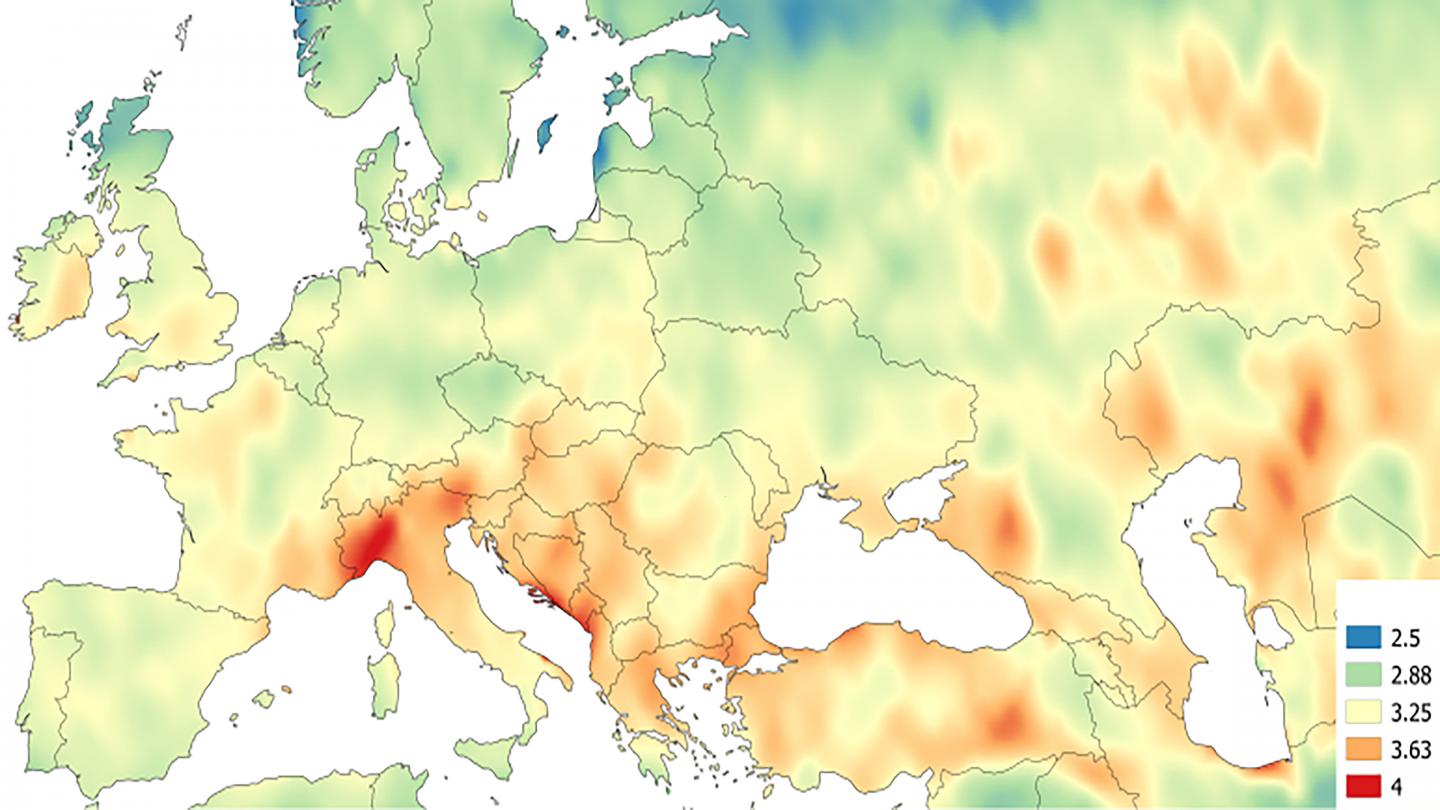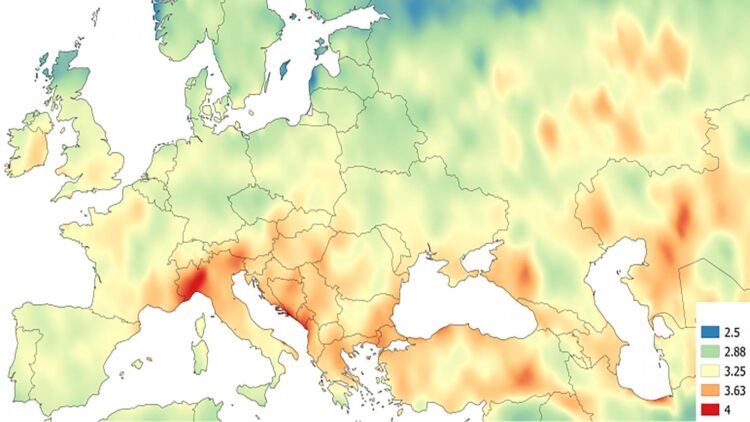Three indicators will help researchers find the perfect size for renewable wind and solar energy storage facilities while optimizing energy harvesting.

Credit: Jacek Kapic
WASHINGTON, June 2, 2020 — Generating power through wind or solar energy is dependent on the abundance of the right weather conditions, making finding the optimal strategy for storage crucial to the future of sustainable energy usage.
Research published in the Journal of Renewable and Sustainable Energy, by AIP Publishing, identifies key indicators that will help achieve balance between green energy storage capacity and harvesting capability and determine the energy potential of a region.
This research was conducted by Jacek Kapica, with the University of Life Sciences in Lublin, Poland. Kapica gathered data from the NASA Langley Research Center POWER Project to complete his study.
“The wind and solar energy sources have big potential. However, in order to increase their share in the overall production, there is a need for a greater storage capacity,” said Kapica.
The indicators identified by Kapica were the ratio of generation power to storage days, the ratio of photovoltaic to wind energy, and a reliability improvement indicator. He argues these factors can be used to help scientists solve the long-standing issue of sizing energy storage units and power generation.
“The investors and designers of wind and solar energy systems need indicators to help them make decisions about the size of the generator power and storage capacity,” said Kapica. “This study reveals that, in some cases, the distance of just several dozen kilometers can improve or decline the generation power to storage capacity ratio.”
Kapica found increasing power reliability from 95% to 98% influences the nominal power of the energy generation units at a given size of the storage.
The indicators were used to study 5,701 locations across Europe but can also be applied to regions across the globe.
“I have determined how increasing the capacity of energy storage influences the possibility of decreasing the power of the generating unit and how does the relationship between storage size and generation power influence the reliability of the power supply in different regions of the continent,” said Kapica.
As well as developing these indicators, Kapica identified ideal locations in Europe where solar or wind energy could be farmed. The results can be applied to both grid-connected systems and stand-alone systems.
Kapica explained future research might consider how renewable energy prospects will be affected by climate change.
“There is also room for a study that takes the unit prices of various technologies into account, as the economy is fundamental in every investment,” said Kapica.
###
The article, “Wind and photovoltaic potential in Europe in the context of mid-term energy storage,” is authored by Jacek Kapica. The article will appear in Journal of Renewable and Sustainable Energy on June 2, 2020 (DOI: 10.1063/1.5131560). After that date, it can be accessed at https:/
ABOUT THE JOURNAL
Journal of Renewable and Sustainable Energy is an interdisciplinary journal that publishes across all areas of renewable and sustainable energy relevant to the physical science and engineering communities. Topics covered include solar, wind, biofuels and more, as well as renewable energy integration, energy meteorology and climatology, and renewable resourcing and forecasting. See https:/
Media Contact
Larry Frum
[email protected]
Related Journal Article
http://dx.





